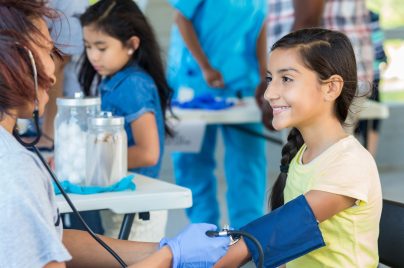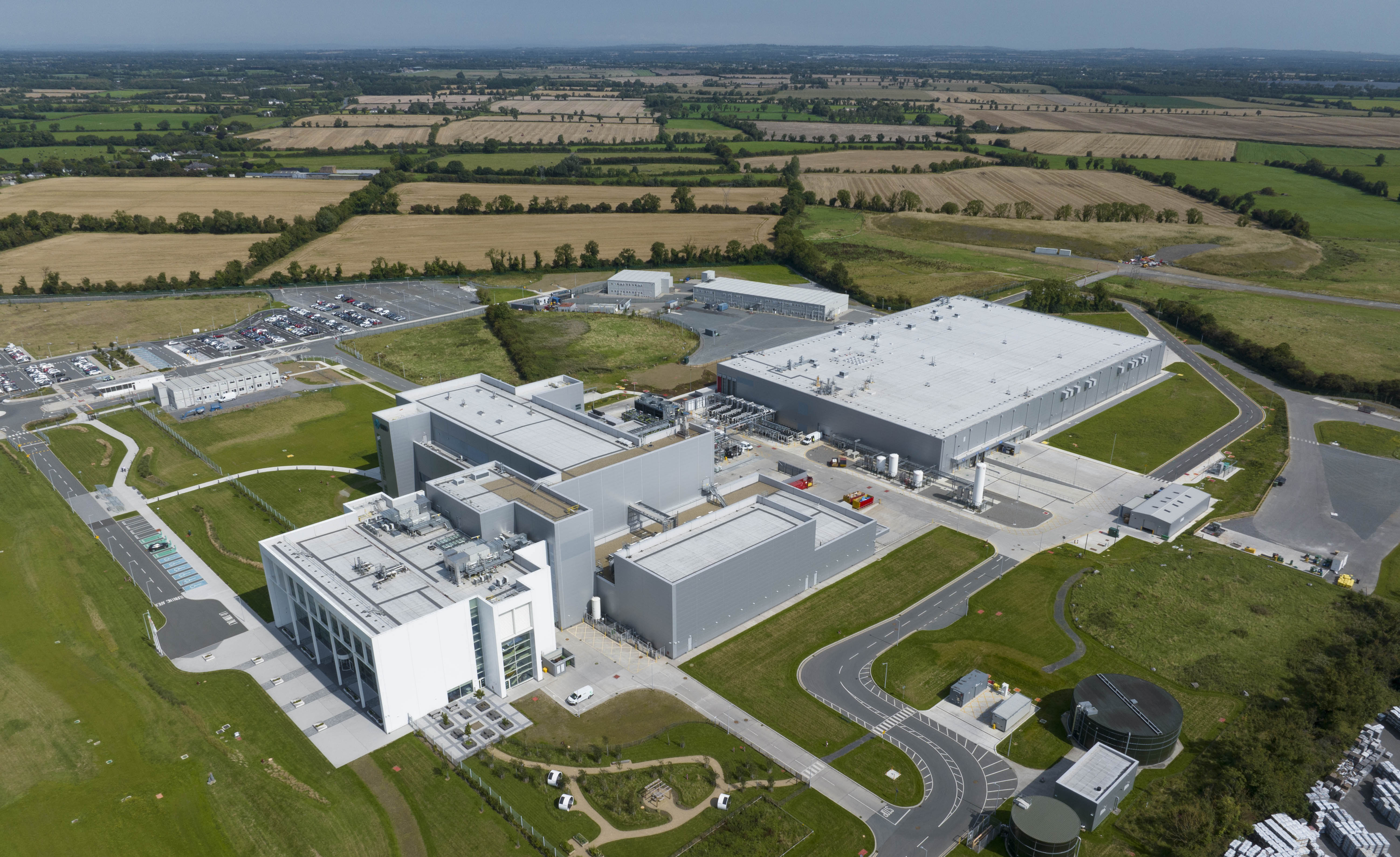

Patients
We’re here to help you get the information you need to guide you on your health journey.

Research
The journey to invention and discovery is guided by science — and inspired by patients

Sustainability
We operate responsibly every day to enable a safe and healthy future for people and communities globally.
Explore more stories

About us
For more than 130 years, we have brought hope to humanity through the development of important medicines and vaccines.

Our pipeline
We follow the science where we can make the greatest difference, now and in the future






